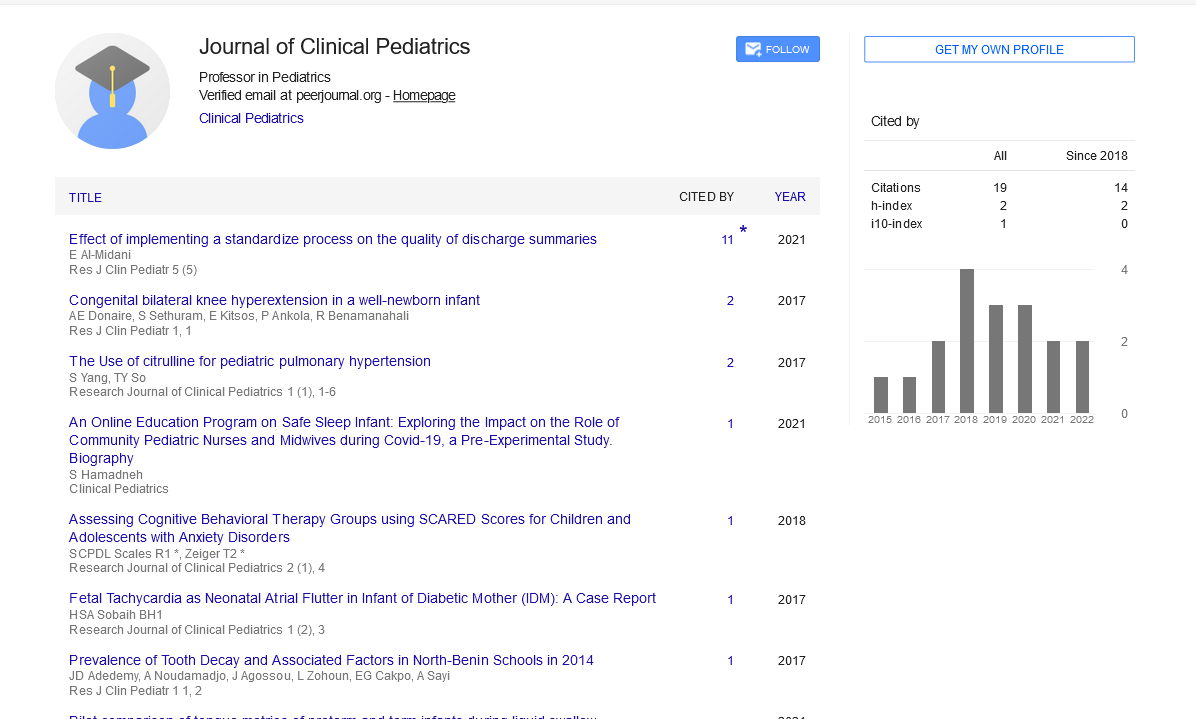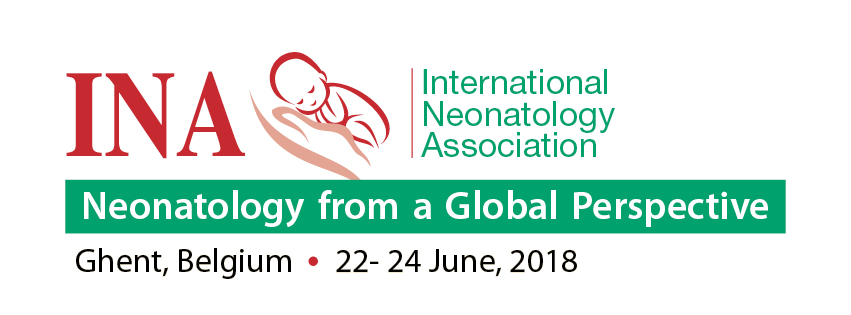Short Communication, Res J Clin Pediatr Vol: 5 Issue: 4
Regional response of paediatric long-term ventilation department at Cambridge University Hospital during the COVID-19 pandemic: 24-month retrospective data of monitoring and management of this population
The last 20 years, there has been a 30-fold increase in number of children receiving long-term ventilation (LTV). The paediatric LTV service at Cambridge University Hospitals (CUH) is a multidisciplinary team and works in close collaboration with local hospitals across East Anglia, in home and hospice settings. This is a quality improvement study, following publication of NCEPOD report, assessing a) the response of LTV team at a local and regional level during the pandemic and b) new services implemented during the pandemic. Methods: Retrospective data from 01/03/19-28/02/20 and 1/3/20-28/02/21 (pandemic year), of patients on non-invasive ventilation (NIV), with tracheostomy in situ and on tracheostomy ventilation. Results: 69 patients identified in 2019/20, 82 patients in 2020/21, with similar gender ratio and mean age. 14 NIV initiation referrals for patients with neuromuscular/neurodisability/skeletal or upper airway abnormalities (airway malacia/obstruction), as well as sleep disordered breathing disorders and respiratory failure. Hospital restrictions reduced face-to-face consultations, however 96.3% of patients were reviewed at least once, most via telephone (vs 89.9% in 2019/20). In 2020/21, 54 inpatient sleep studies conducted vs 76 in 2019/20. Home sleep studies introduced in May 2020 and 42 successfully performed. Regional LTV teams performed home reviews for 25 patients and changed ventilator settings for 8 patients under guidance from our team. Escalation plans now in place for 56.1% patients (vs 8.7% in 2019/2020). In 2020/21, more patients had ventilation stopped and more successful decannulations performed compared to the year before. Increase of acute admissions at CUH, but reduction in ED presentations, acute admissions at local hospitals and oral or IV antibiotics for infective exacerbations observed in 2020/2021, probably related to the effect of shielding. 87.5% patients required no or one GP appointment in 2020/21 compared to previous year (64.4%). More patients on regular medications and double figure on physiotherapy and cough assist in 2020/21. Conclusions: In 2020/21, the LTV team dealt with more patients, despite reduced hospital capacity. Technology helped improve the service during the pandemic. Excellent patient satisfaction feedback. Stronger links built with regional community team and other tertiary hospitals in East England and London. Further service development planning as per guidance by NCEPOD report.
Abstract
The last 20 years, there has been a 30-fold increase in number of children receiving long-term ventilation (LTV). The paediatric LTV service at Cambridge University Hospitals (CUH) is a multidisciplinary team and works in close collaboration with local hospitals across East Anglia, in home and hospice settings. This is a quality improvement study, following publication of NCEPOD report, assessing a) the response of LTV team at a local and regional level during the pandemic and b) new services implemented during the pandemic. Methods: Retrospective data from 01/03/19-28/02/20 and 1/3/20-28/02/21 (pandemic year), of patients on non-invasive ventilation (NIV), with tracheostomy in situ and on tracheostomy ventilation. Results: 69 patients identified in 2019/20, 82 patients in 2020/21, with similar gender ratio and mean age. 14 NIV initiation referrals for patients with neuromuscular/neurodisability/skeletal or upper airway abnormalities (airway malacia/obstruction), as well as sleep disordered breathing disorders and respiratory failure. Hospital restrictions reduced face-to-face consultations, however 96.3% of patients were reviewed at least once, most via telephone (vs 89.9% in 2019/20). In 2020/21, 54 inpatient sleep studies conducted vs 76 in 2019/20. Home sleep studies introduced in May 2020 and 42 successfully performed. Regional LTV teams performed home reviews for 25 patients and changed ventilator settings for 8 patients under guidance from our team. Escalation plans now in place for 56.1% patients (vs 8.7% in 2019/2020). In 2020/21, more patients had ventilation stopped and more successful decannulations performed compared to the year before. Increase of acute admissions at CUH, but reduction in ED presentations, acute admissions at local hospitals and oral or IV antibiotics for infective exacerbations observed in 2020/2021, probably related to the effect of shielding. 87.5% patients required no or one GP appointment in 2020/21 compared to previous year (64.4%). More patients on regular medications and double figure on physiotherapy and cough assist in 2020/21. Conclusions: In 2020/21, the LTV team dealt with more patients, despite reduced hospital capacity. Technology helped improve the service during the pandemic. Excellent patient satisfaction feedback. Stronger links built with regional community team and other tertiary hospitals in East England and London. Further service development planning as per guidance by NCEPOD report.
 Spanish
Spanish  Chinese
Chinese  Russian
Russian  German
German  French
French  Japanese
Japanese  Portuguese
Portuguese  Hindi
Hindi 
